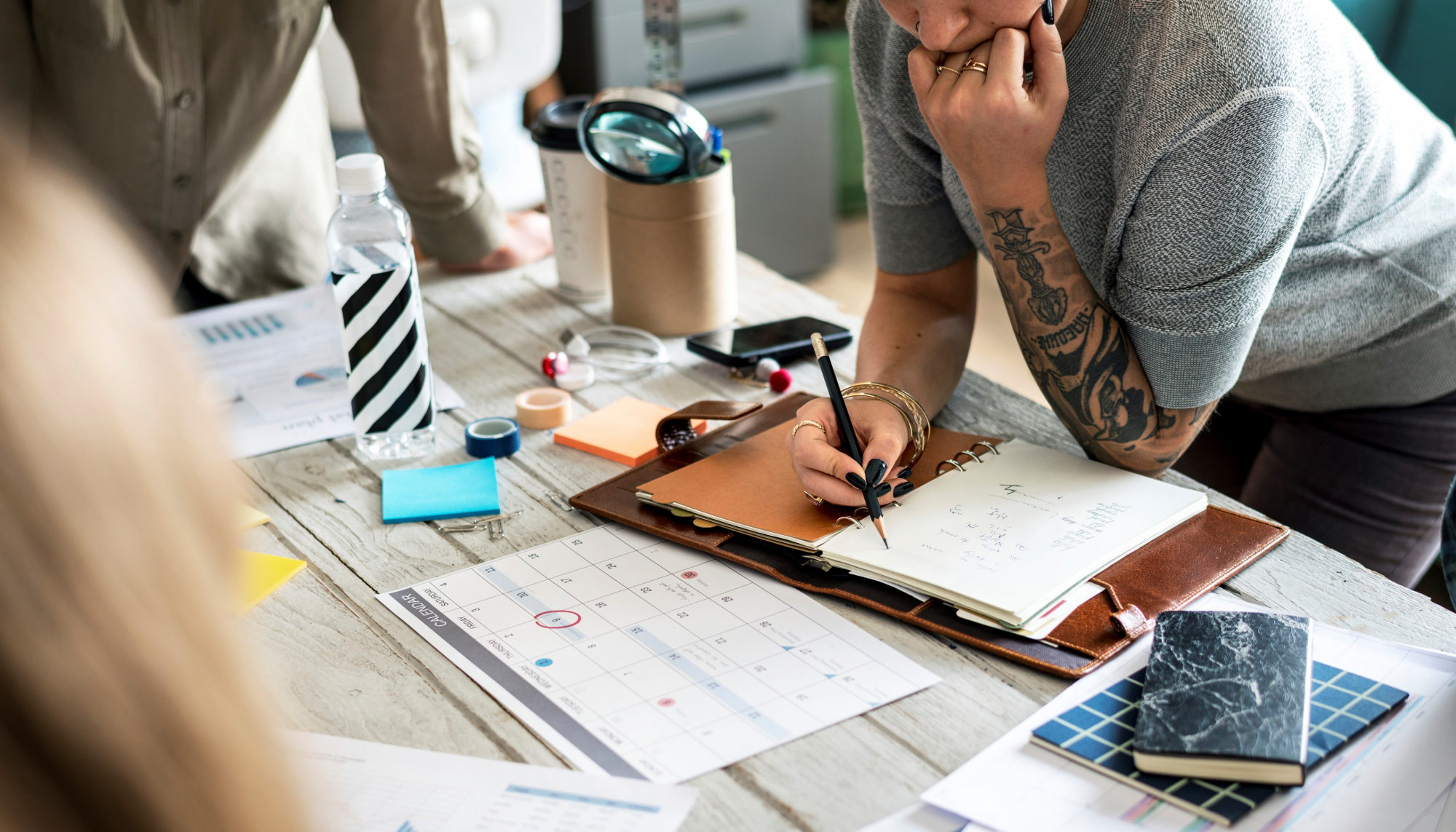Structure and content
Designing a simple site map will help you to plan the structure of your website. You need to consider what pages you will need and how they will all link together and connect to the homepage.
You will need to fill these pages with good content to engage your audience. The finer details are not crucial to the design process, but the take home messages need to be clear throughout a beautiful design.
Branding
It is important to consider your brand in every step of the design process; the logos, the colours, and the ethos of your brand should be carried throughout the site. Small things such as coherent fonts and colour schemes play a significant role in presenting your brand.
Imagery
What images you use can hugely affect not only the aesthetics of your website, but also the overall believability of your business. This is not an area to scrimp on - good photos sell!
Although it is the most expensive option, professional photography can produce high quality and representative brand images. You could take photos yourself as this is probably the quickest and cheapest option. However, you may not produce the best ot highest quality images.
Another route you could go is using stock images. However, these images might be generic and not represent your brand in the right way. That being said, they can be good to flesh out parts of your website - at a reasonable price.
Website usability
Be as creative as possible! But, remember that a good website must be easy to navigate, so put yourself in your target audience's shoes. In other words, the design needs to be attractive, effective AND compatible across all devices - from galaxy S10 to iPhone, iPad, windows and so on.
Snoop around other websites
Have a look around at some of your competitor’s websites, or just some well designed websites. This will help you to get inspired - you can pick up on features that you like and don’t like so they can be implemented (or avoided) in your design. This will also be very useful when it comes to writing up a design brief for your chosen web developers.
Write a website design brief
The next step in your design process is to get in touch with a web developer (such as the amazing team at GrowthBox partner See Green), and relay your thought processes and vision to them in a single and coherent document. The designers know best; they can let you know if some things aren't possible, and much more importantly they offer a fresh and professional perspective. Designers will come up with solutions and give you even more great ideas on how to bring your website to life.
To find out more about how to write a great website design brief, and to see more from our partner See Green, take a look at the GrowthBox advice section here.
